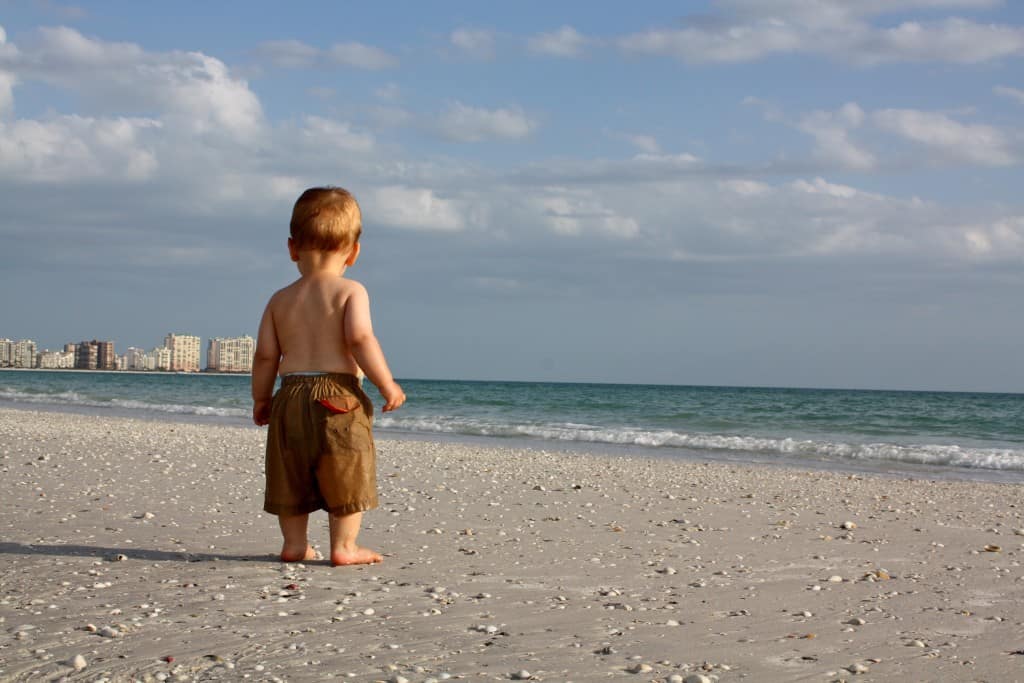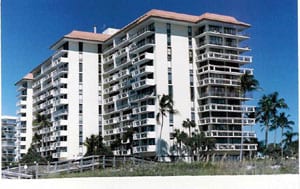
A true gem of southwest Florida, located at the lower tip of the Gulf Coast, Marco Island is the largest of a group of islands known as the Ten Thousand Islands. Often lumped together with the nearby city of Naples and the western portion of Florida’s Everglades to form what is known as The Paradise Coast, Marco Island has no problem standing alone, attracting visitors who come in search of white-sand beaches, romantic accommodations, myriad water sports, fine dining, upscale shopping, and killer sunsets.
Those heading to Florida for its hopping nightlife, however, probably wouldn’t choose Marco Island. This swanky but quiet community isn’t big on nightclubs and other after-hours pursuits, but it more than makes up for its lack of evening fun with top-notch daytime activities like excellent boating and world-class golf courses, and offers close proximity to a number of wildlife preserves where nature lovers can explore lush foliage and view more than 200 species of birds, including the American Bald Eagle. There plenty of things to do around Marco Island and Marco Island beaches are some of the prettiest on the western Florida coast.
Marco Island Facts
- Marco Island was originally named La Isla de San Marco, founded by Juan Ponce de Leon and the Spanish in the 1500s. The modern city, however, wasn’t incorporated until 1998.
- The total area of Marco Island is 24 square-miles. About 7.5 square-miles of that area is water and the island sits above sea level.
- The population of Marco Island is estimated at just below 15,000, split evenly between men and women. However, the population swells to about 35,000 during the winter months. The median age of island residents is about 60, indicating a sizable presence of retirees.
- The median condo/house value in Marco Island is about $650,000, increasing more than 100 percent in the last 8 years. However, property tax rates are relatively low and there is a wide range of properties available. New homes are constructed at a rate of 200-300 per year.
Weather
Marco Island lies within both the tropical and subtropical climate zone. Basically, it has two distinct seasons – wet and dry. Most of the rainfall occurs between the months of June and October, which also coincides with hurricane season. Gulf breezes are often present, making even the hottest days more comfortable.
The average annual high temperature on the island is 85 degrees Fahrenheit while the average annual low is about 65 degrees. The highest temperatures occur from June through September; the lowest in January and February. The highest average annual rainfall happens in August and September, with about 9 inches falling during each of those months.
| Month | Avg. High | Avg. Low | Mean | Avg. Precip. |
|---|---|---|---|---|
| January | 75°F | 53°F | 64°F | 2.01 in. |
| February | 76°F | 54°F | 65°F | 2.17 in. |
| March | 79°F | 58°F | 69°F | 2.08 in. |
| April | 83°F | 62°F | 73°F | 1.99 in. |
| May | 87°F | 67°F | 77°F | 4.21 in. |
| June | 90°F | 72°F | 81°F | 8.18 in. |
| July | 91°F | 73°F | 82°F | 7.98 in. |
| August | 91°F | 73°F | 82°F | 8.05 in. |
| September | 90°F | 73°F | 82°F | 8.11 in. |
| October | 87°F | 68°F | 77°F | 3.60 in. |
| November | 82°F | 62°F | 72°F | 1.99 in. |
| December | 77°F | 56°F | 66°F | 1.53 in. |
